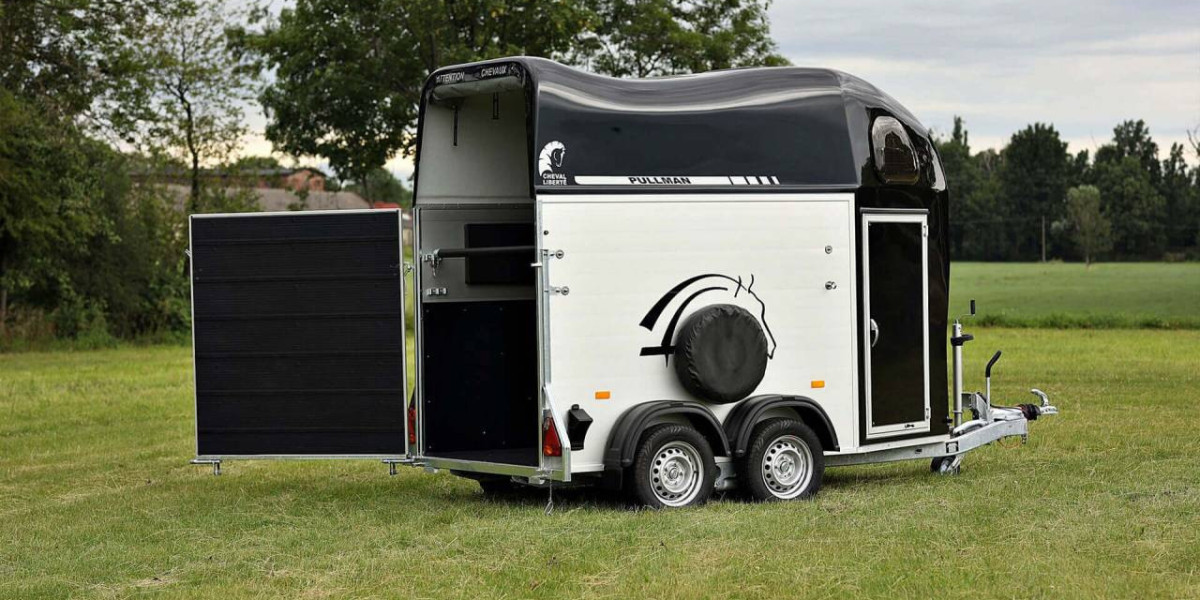Introduction
When your dryer stops working, it can disrupt your daily routine, leaving you with piles of wet laundry. Dryer repair is an essential skill for homeowners, saving both time and money. Whether it's a simple fix or a mnding the common issues associated with dryers, you can save time and money on repairs. Regular maintenance and proactive troubleshooting can extend the life of your dryer, while knowing when to seek help will ensure that your appliance is functioning at its best.
ore complex issue, knowing how to troubleshoot and repair your dryer can help restore it to full functionality. In this guide, we’ll walk you through common dryer issues, potential fixes, and when to seek professional help.
Common Dryer Issues and Their Causes
Dryers are vital appliances in any home, but they can experience problems over time. Some issues are easy to fix, while others may require professional assistance. Below, we’ll explore the most common dryer problems and their causes.
- Dryer Won’t Turn On
One of the most frustrating issues is when your dryer doesn’t turn on at all. This could be due to several factors, including a blown fuse, faulty wiring, or a broken door switch. In some cases, the problem may lie in the dryer’s electrical supply or the power outlet itself.
- Dryer Not Heating
A dryer that runs but doesn't produce heat is a common problem. The cause could be a malfunctioning thermostat, heating element, or thermal fuse. A blocked vent can also prevent heat from circulating properly, making it crucial to keep the venting system clean.
- Drum Won’t Spin
If your dryer’s drum won’t spin, the issue could be with the drive belt, motor, or idler pulley. This is usually a more complex repair requiring tools and parts replacement, but it can be resolved with patience and the right knowledge.
- Excessive Noise
A loud, rumbling dryer might have a worn-out drum roller, loose parts, or debris inside the machine. Addressing noise issues early on can help prevent further damage to your dryer.
DIY Dryer Repair: When to Fix It Yourself
Many minor dryer issues can be fixed with basic tools and know-how. Here’s how to perform basic troubleshooting:
- Check Power Supply
Before diving into any repairs, ensure that the dryer is properly plugged into a working outlet and that the circuit breaker hasn’t tripped.
- Clean the Lint Trap and Vent
A clogged lint trap or vent is one of the leading causes of dryer inefficiency. Always clean the lint trap after each use and check the venting system for blockages.
- Replace Faulty Parts
If you’ve identified a specific part that’s broken, such as a faulty thermostat or heating element, it’s often possible to replace it yourself. Always refer to the user manual and order the correct parts for your model.
When to Call a Professional for Dryer Repair
If you’re unable to troubleshoot or repair the problem yourself, it’s best to call a professional. Issues like broken motors, damaged belts, or electrical problems require advanced knowledge and tools. A professional dryer repair and Dishwasher repair service can help diagnose and fix these issues, ensuring the longevity of your appliance.
Conclusion
By understanding the common issues associated with dryers, you can save time and money on repairs. Regular maintenance and proactive troubleshooting can extend the life of your dryer, while knowing when to seek help will ensure that your appliance is functioning at its best.



